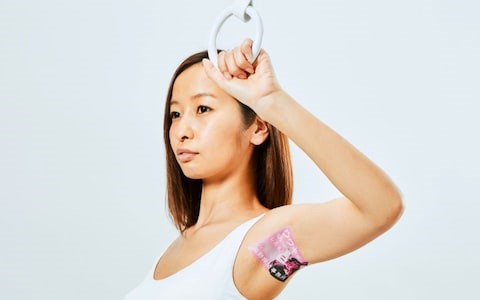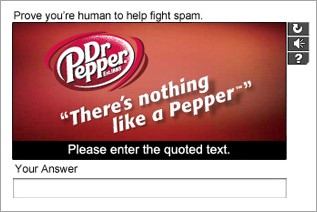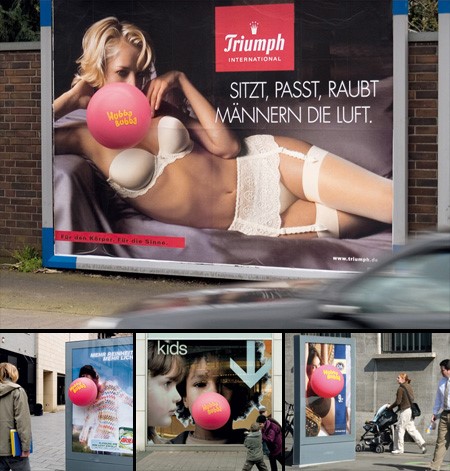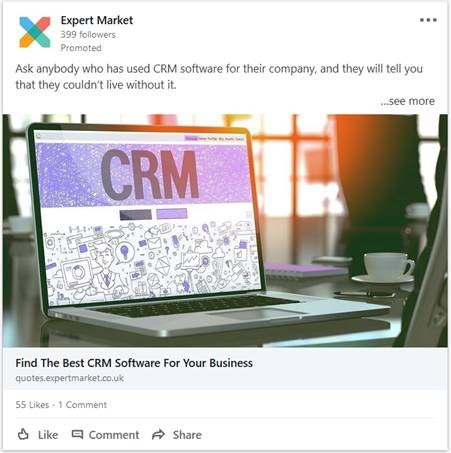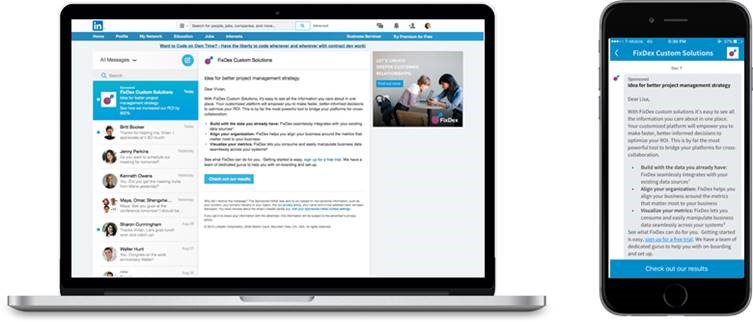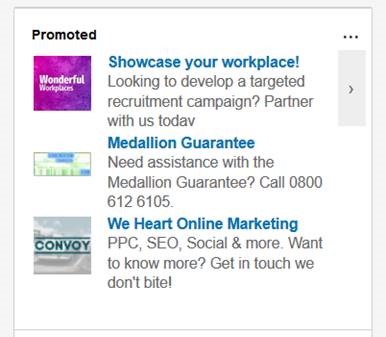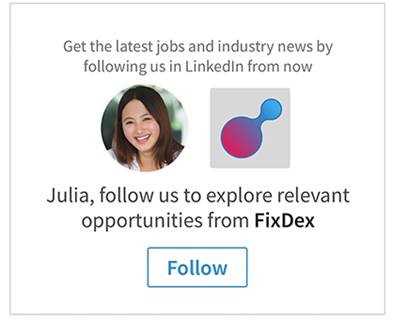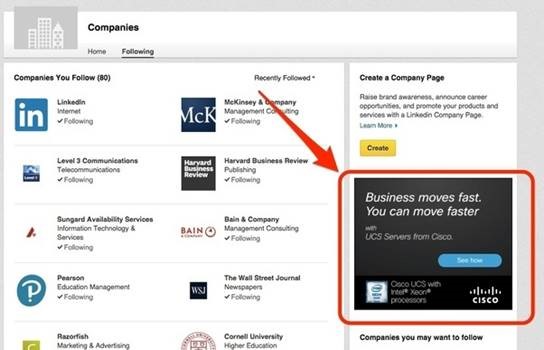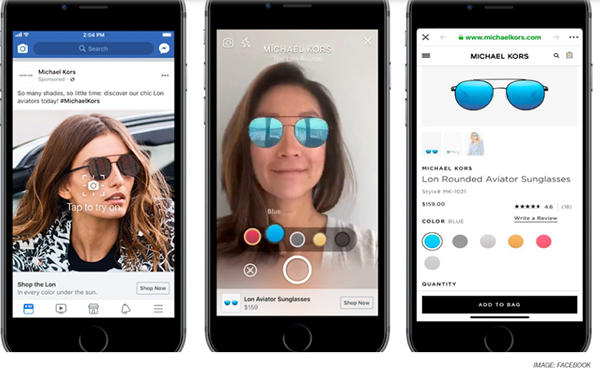Clever Halloween marketing campaigns
In case you’ve missed it over the last few years, Halloween has taken on a lot more commercial significance to businesses and retailers. Heavily influenced by the holiday’s popularity in America, Halloween in the UK has become bigger, spookier and more important than ever for engaging with customers and prospects. In fact, businesses are even beginning to market Halloween products as early as August; and it seems to be working, with spending surveys highlighting a consistent year-on-year increase in consumer spending associated with the autumnal holiday. It seems that as the schools go back, enthusiastic ‘halloweeners’ take to the shops to find that perfect costume and start preparing for the ghostly festivities. With the eerie holiday just around the corner, TLC Business have taken a look at some of our favourite (and unnerving) Halloween campaigns of recent years. Which is your favourite?
1. Asda
This 1980s themed Halloween commercial for Asda was launched in Autumn 2017. The advert featured a family Halloween party with multiple generations, from kids to the grandparents, dancing freakishly to 1986 hit ‘Word Up’ by Cameo. The advert, entitled “Home For All Things Haunted”, showcased the wide selection of Asda Halloween costumes, cakes, pumpkins and decorations, positioning the supermarket as the go-to store for all Halloween supplies. The advert had a Shazam feature, enabling viewers to scan the ad on their devices; which would then re-direct them to a custom Halloween landing page on their website with their list of holiday-themed products. The campaign also ran alongside social media posts, a radio ad and PR.
2. Burger King

In 2015, the hashtag #GreenPoop became rather popular on Twitter, all down to the Burger King ‘Halloween Whopper’ burger, featuring a suspiciously black bun. The coloured bun trend started in Japan, where they have a variety of unusually coloured burger baps; including pink and red. The Halloween Whopper was brought to UK Burger King stores nationwide for a limited time until October 31st 2015. The black bun, which used a natural colourant, was also BBQ flavoured. As the hashtag that started trending might indicate, it was the burger’s effect on customers’ stools, turning them a funky green colour, that caught the public’s attention. We don’t know what’s spookier, the black bun or the after effects?
3. M&Ms
In 2016, the memorable red and yellow M&Ms featured in a series of TV commercials leading up to Halloween. Employing comical references to trick or treating, red and yellow opted to stay in for fear of getting eaten, but that didn’t stop red eating a yellow M&M and referring to itself as a cannibal. M&Ms’ clever approach to marketing has helped keep the popular chocolate treat going for over 75 years.
4. Topshop

Stranger Things is of one Netflix’s most popular original shows and with their announcement of the Season 2 release date last October, high-street retailer Topshop curated a Stranger Things product line which launched at their Oxford Street flagship store. The store itself was transformed and featured interactive reconstructions of the Stranger Things set, including the Hawkins laboratory manned by actors, where customers could be tested for telekinetic powers by moving a can of coke using the power of their mind. The product line reportedly sold out immediately in store and online, leaving many Stranger Things and Topshop fans disappointed. The release was just in time for Halloween and the store also held exclusive screenings of the show.
5. Fanta

For several years, the Coca-Cola owned brand Fanta has been releasing Halloween-themed cans featuring skulls, witches and vampires in a playful, spooky twist on their iconic branding. In 2017, the campaign also included a series of snapchat filters and lenses, where you could transform yourself into a cracked China Doll or bathe in a bath of blood.
What are some of your favourite Halloween campaigns? Get in touch by emailing us at info@tlc-business.co.uk.



